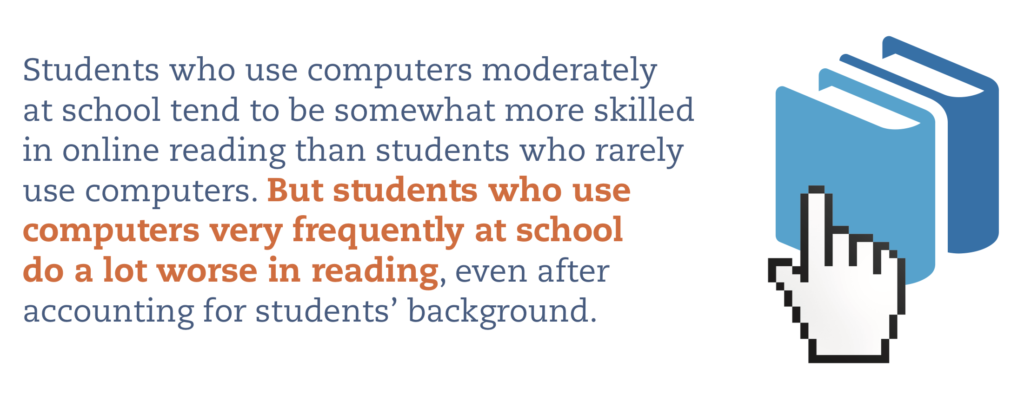Like a ubiquitous black mirror that stares back at us, technology waits to be used; but has society considered its use in the classroom? Should schools incorporate more of the latest hardware and software into their curricula, or should it be dialed back a bit so we can understand how students are reacting?
On February 13, 2019, we posed the questions above to a roundtable discussion group at George Washington University in the first of what we hope are many live events across the country. First, we explored the role technology is playing in the K-12 educational system to identify whether it is helping or hurting kids’ ability to learn. With this information in mind, we continued the conversation by looking at how universities have or have not prepared students to enter the workplace equipped with the tech skills they need. We asked speakers to consider these prompts before the event, and we have featured their answers below. In the coming days, we will be expanding on these answers with replies from additional participants, panelists, and contributors.

Wade Whitehead, Crystal Spring School
-
Educator and Founder of the Teachers of Promise Foundation
Most discussions of the role of educational technology are fundamentally flawed because they ignore one essential tenet: technology is a means, not an end. Use of technological resources does nothing to advance the mission of school in and of itself. Any strategic plan for implementation must honor the core purpose of school: to cultivate and preserve an informed electorate of curious and motivated voters and to help every learner navigate his or her true potential.
Miguel Gorman, OECD
-
Acting Deputy Head of the Washington Center, Organisation for Economic Co-Operation and Development
In 2015, the Organization for Economic Cooperation and Development (OECD) carried a first-of-its-kind international comparative analysis of PISA 2012 assessment results to identify the the digital skills that students have acquired and of the learning environments designed to develop these skills. The biggest takeaway from the analysis was that even countries which have invested heavily in technology for education have NOT seen, on average, any appreciable improvement in their performances for reading, mathematics or science…
Rachael Forker, GWU
-
Assistant Director of Co-Curricular Programs and Community Initiatives and City Director for Lemonade Day DC
It’s important to acknowledge that the use of technology in the classroom is essentially a social experiment on children and young adults. At this point, we don’t know what the long-term outcomes will be for the generation of students who grew up with computer screens/mobile tech as native forms of communication. Another approach to consider: who is benefitting from extensive implementation of technology in classrooms?
James Edwards, Ph.D., ELITE Strategic Services
-
Intellectual Property and Health Policy Advisor
Technology is in many areas of our lives and… is converging. Colleges could do a better job preparing students, STEM or otherwise, to think in terms of bringing their creativity to solving problems in education, business, and society. The key is to learn always to solve problems with your brain, not a tech crutch. One’s value-add in any setting is the value of what he or she creates. If a solution has true worth, then it is worth protecting as intellectual property.

